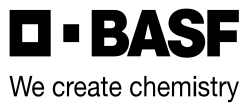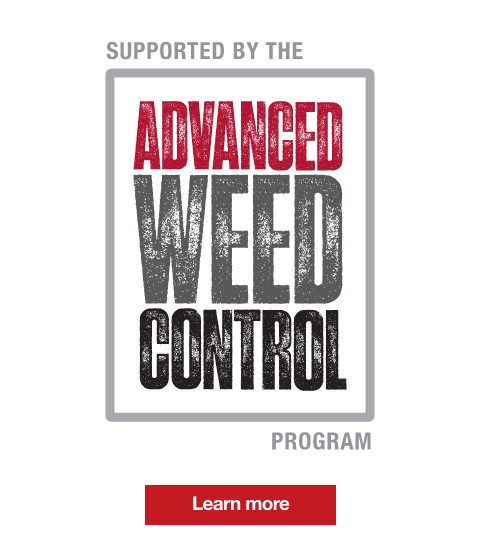Solo Ultra Q
Group 2 & 1
Two modes of action for proven control of grasses and tough broadleaf weeds, with rotational freedom.
- Built-in adjuvant, for ease of handling and reduced fill-up times
- Reliable control of a wider spectrum of tough grasses and targeted broadleaf weeds
- Extended application window on grassy weeds
- Multiple modes of action for management of resistant weeds
Applicable On
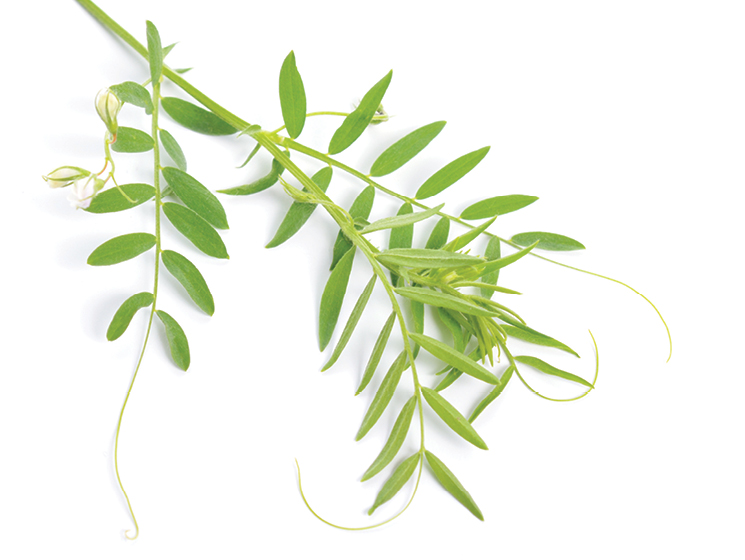
Clearfield lentils
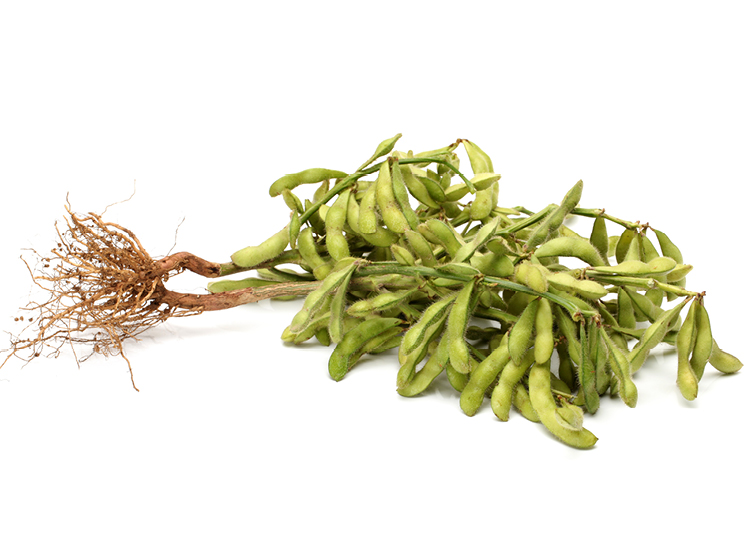
Soybeans
Labels & SDS
Benefits of Solo Ultra Q
Solo Ultra herbicide is a co-pack of Solo ADV and Caziva herbicides that provides multiple modes of action for proven, reliable control of grasses and tough broadleaf weeds, including the management of resistant weeds.
Performance Trials
Grassy weed control 21 days after application in Clearfield lentils

Weed control of wild oats and volunteer cereals in Clearfield lentils, 42 days after application
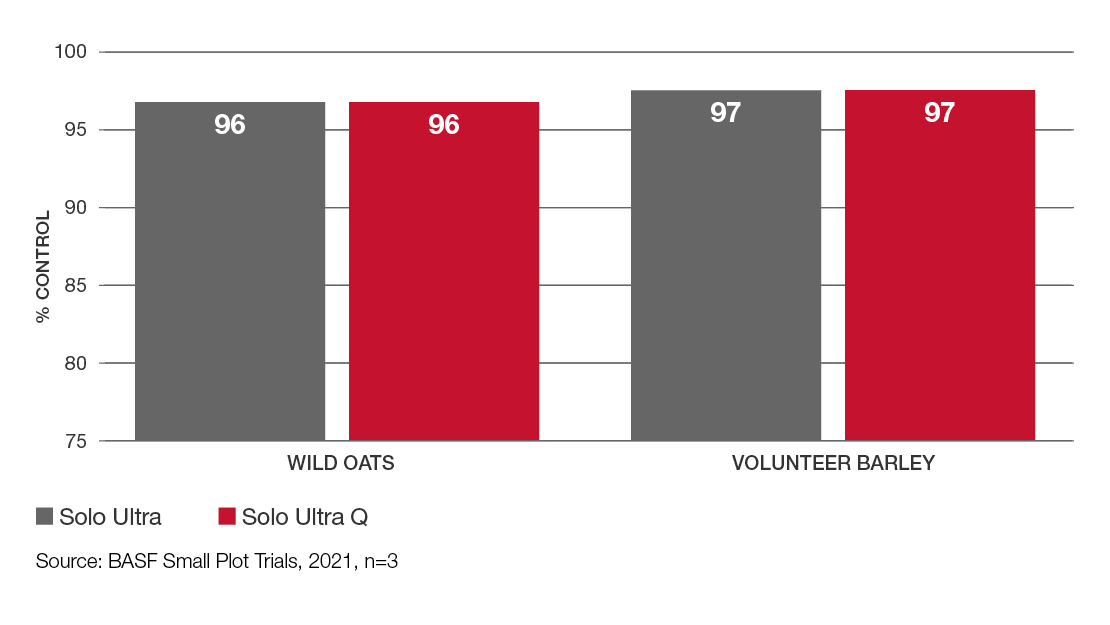
Product Info & Application Guide
Weed Management
Weeds Controlled
| Weed Class | List of Weed's |
|---|---|
| Broadleafs - cotyledon to 4 leaf (except where indicated) | Cleavers1 (1 to 4 whorls) Cow cockle Green smartweed Lamb’s quarters Redroot pigweed Round-leaved mallow1 Russian thistle Shepherd’s-purse Stinkweed Volunteer canola (non-Clearfield® varieties) Wild buckwheat1 Wild mustard |
| Grasses - 1 to 6 leaf stage up until early tillering | Barnyard grass Downy brome Foxtail barley Green foxtail Japanese brome grass Persian darnel Volunteer barley Volunteer canary seed Volunteer corn Volunteer durum wheat2 Volunteer spring wheat2 Volunteer tame oats Wild oats3 Yellow foxtail |
1 Suppression only.
2 All varieties including Clearfield.
3 Including biotypes resistant to Group 1 and Group 2. Solo Ultra Q will not control biotypes that have multiple-resistance to both Group 1 and Group 2 herbicides.
Application Tips
Note: (a) Solo ADV may contain a small amount of sediment, which is completely normal. Always perform a triple rinse of the jug when preparing the spray solution.
Rainfastness – 3 hours.
Apply in warm weather to weeds that are actively growing.
Avoid applying immediately before or after a frost or during unseasonably cold weather.
Treat when weeds are actively growing.
Pre-harvest interval
65 days after application for Clearfield lentils.
70 days after application for Clearfield sunflowers.
80 days after application for soybeans.
Grazing
Do not graze treated crops or cut for hay. Sufficient data is not available to support these uses.
When to Apply
| Crops | Staging |
|---|---|
Clearfield lentils |
1 to 9 node |
Clearfield sunflowers |
2 to 8 leaf |
Soybeans |
cotyledon to 4 leaf |
How Much to Apply
One case of Solo Ultra Q herbicide will treat 40 acres.
(a) Solo ADV herbicide |
325 ml/ac (800 ml/ha) |
(b) Caziva Ultra Q herbicide |
154 ml/ac (380 ml/ha)4 |
4 (b) Caziva Ultra Q can be topped up to a maximum rate of 305 ml/ac (750 ml/ha) to provide additional control of grasses. See label for details.
Water volume
| Ground application only | 40 L/ac (10 gal/ac) |
Mixing order
- When applying Solo Ultra Q herbicide, always start with a clean sprayer. Refer to previously applied product labels for specific cleaning instructions.
- Fill the clean tank with 1/2 to 3/4 of the required amount of clean water and start agitation system. Agitation should be running during the entire mixing procedure.
- Add the correct amount of (a) Solo ADV and continue to agitate.
- Add the correct amount of (b) Caziva Ultra Q while agitating the spray solution.
- Continue the agitation while filling the spray tank with the remaining amount of water.
- Maintain continuous and constant agitation throughout application until spraying is complete.
Follow Crops5
3 months after application
Winter wheat6
1 year after application
Canary seed6, Clearfield canola, non-Clearfield canola6, chickpeas, durum wheat6, field corn, field peas, flax6, lentils
soybeans, spring barley, spring wheat, sunflowers (incl. Clearfield sunflowers), and tame oats6
2 years after application
Mustard (condiment type only)6
5 Refer to label for additional follow-crop restrictions. Contact your BASF Sales Representative for details on any crops not listed here.
6 If drought conditions are experienced between June 1 and September 1 in the year of application, delay planting of winter wheat, durum wheat, canary seed, tame oats, flax and canola (non-Clearfield) by an additional year. If drought is received between June 1 and September 1 in the year of application OR between June 1 and September 1 in the year following application, delay planting of mustard by an additional year.
FAQ
Can I apply Pursuit® in Clearfield lentils and still comply with the process? Will I be eligible for BASF Ag Rewards?
- Pursuit herbicide is not registered for use on Clearfield lentils.
- Lentil growers who use any non registered herbicide - even in a tank mix - will not be in compliance with the Clearfield Commitment process and therefore will be ineligible for related rewards.
- Registered herbicides are BASF products which include Solo®, Solo Ultra, Odyssey® and Odyssey Ultra NXT.
What crop can I grow the year after using Solo® herbicides?
The following crops can be grown one year after using Solo herbicides: Canary seed, canola, chickpeas, durum wheat, field corn, field peas, flax, lentils (incl. Clearfield® lentils,) soybeans, Spring barley, Spring wheat, sunflowers (incl. Clearfield sunflower) and tame oats. 2 years after applications, Mustard (Condiment type only) can be grown.
